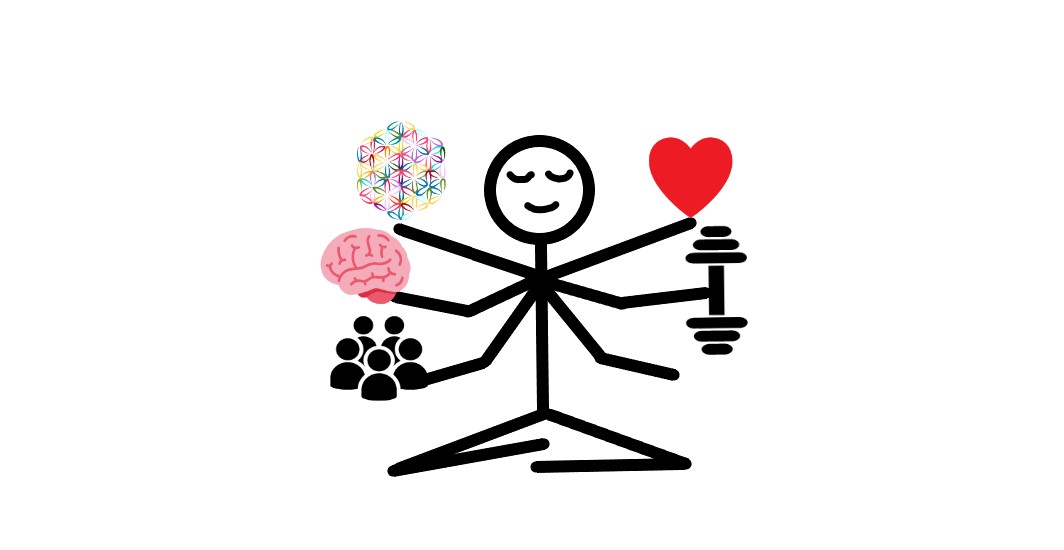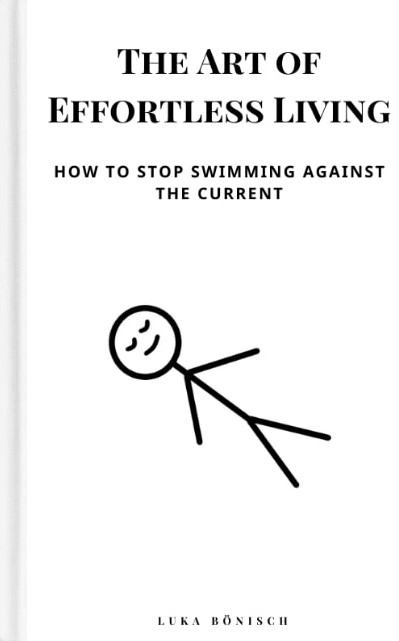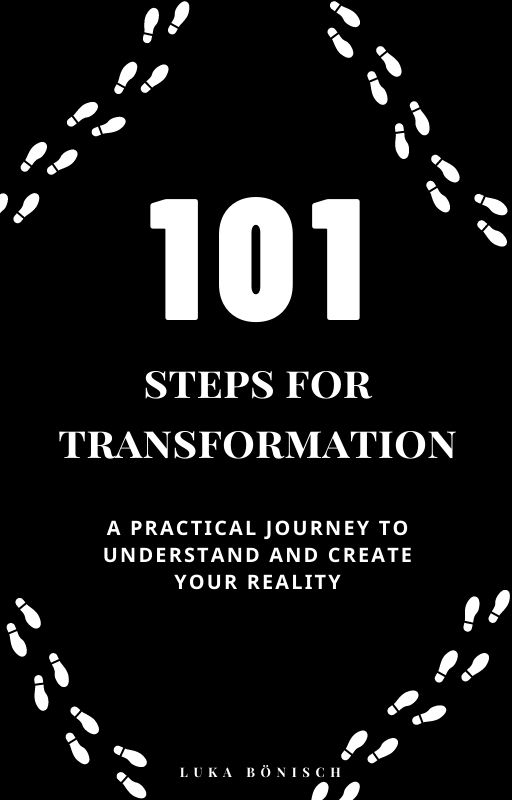What is an Integral Practice?
In an integral practice, you choose at least one practice for each modality of existence.
The modalities are 1. physical, 2. intellectual, 3. emotional, 4. spiritual, and 5. interpersonal.
There is a similar concept called integral life practice (ILP) which was developed by Ken Wilber and his colleagues at the integral institute. Here they talk about four “core modules”: body, mind, spirit, and shadow.
Both frameworks have the same idea. To create a practice that integrates every part of human existence.
Why You Should Have an Integral Practice
The thing many of us are aware of is that we are not just a body, or just a mind, or just a soul. We are all those, we are a 3-dimensional being. And in those 3 dimensions, there are many expressions.
Starting an integral practice means that you have the intention to become a holistic human being. To fully accept every part of your existence and bring them together.
So, essentially, you are working on your whole being. Hence, having an integral practice can lead to rapid personal growth and self-development.
You can see it this way. If you want to have a fully functional body, working on strength alone is only one aspect. You would also want to work on your flexibility, balance, and endurance.
And the same is true on a bigger scale for your whole being. Working on your physical body alone will not make you a complete human.
You would want to integrate your mind, your spirit, and your shadow as well.
The more human capacities you exercise simultaneously, the more you’re able to access their full potential for growth and transformation.
Think of it as spiritual cross-training: exercise of body, mind, soul, and spirit in self, shadow, culture, and nature.
In this article, I will focus on the first (five modalities) framework and show you how to create an integral practice for yourself.
How to Create an Integral Practice

The cool thing about an integral practice is that you have the freedom to create your own individual practice according to your preferences.
Also, many practices can overlap across many modalities.
Yoga, for instance, can cross all five domains.
You can use it as a physical workout for physical development. Study yoga literature for mental development. Apply yoga theory for emotional development. Use meditation and chanting in your yoga practice for spiritual development. And engage in Yoga classes and teacher training for interpersonal development.
You also have the freedom the have more than one practice for each modality. In fact, this will inevitably happen because practice for one modality will eventually spill over into another one.
Perhaps you already have a practice for some of the domains but are only missing one.
That’s cool!
Now you just have to decide on one practice for the missing domain(s). To make it even more integral you would want to choose practices that complement each other in one way or another.
Physical
Many people already engage in some form of physical practice. And many even use a combination of different practices.
For instance, many bodybuilders are not only doing strength work but also have a diet regimen.
A physical practice is essential to have a functioning and healthy body and should not be neglected.
If you don’t have a physical practice yet below are some examples. Pick something that appeals to you and get started.
Examples: yoga, exercise program, strength work, diet, movement work, fasting, breath work, Tai Chi, Qi Gong, martial arts
Intellectual
You have a mind for a reason. It is a tool and should be used. Preferably daily. Having an intellectual practice will improve your cognitive functioning.
More so, engaging in “mental workouts” may be protective against diseases affecting the brain.
This is what the so-called Religious Orders Study is investigating. There are more than 1,000 nuns, priests, and other religious professionals participating across the United States.
The study found that cognitive exercise has a protective effect on brain health and the onset of dementia.
Even more interesting, a third of the brains tested at autopsy showed signs of Alzheimer’s. Yet, cognitive tests had revealed that the brain owners had shown no symptoms of this disease.
If you’re not already engaging in regular mental exercise, this might motivate you. Below are some practices you can use for mental health and development.
Examples: exercise of will (e.g., affirmations), study of spiritual teachings or other theory, intellectual inquiry, development of conscience and wisdom, memory training
Emotional
Emotions are natural and a guiding force in our lives. But many of us are selective about which emotions are ‘good’ and which are ‘bad’.
Essentially, emotions are energy (e-motion = energy in motion). Good and bad are just the labels we give them. But because we label emotions, we tend to suppress or repress a good deal of them.
Suppressed emotions can lead to energetic as well as physical tension. And suppressed emotions are also the reason for negative thought patterns and self-talk.
If you keep them suppressed for long enough, they may also manifest in the form of injuries, diseases, and other ailments.
Hence, the emotional practice aims to help you to accept and integrate your emotions and feelings. And by doing that, you’ll be able to let go of emotional pressure.
Examples: self-inquiry, emotional sharing, personal therapy, catharsis work, practicing letting go, core-process work, shadow work, practicing compassion, inner child work, sub-personality work (psychosynthesis), rebirthing, creative work, dream work.
Spiritual
“We are not human beings having a spiritual experience. We are spiritual beings having a human experience.” – Pierre Teilhard de Chardin
As much as we are human beings, on a deeper level, we are spiritual beings.
Some people tend to deny their spirituality claiming that they don’t believe in anything. But a spiritual life is essential to living a life of purpose and meaning.
More so, believing in God, a Universal Intelligence, an All Living Mind, or whatever you want to call it can be helpful in times of crisis.
Cultivating thoughts that cannot be proven are useful. They can assist you in finding your place in the universe and withstand hardships.
So, whether you are religious or not you should have some form of spiritual practice.
Examples: meditation, prayer, devotional work, mindfulness, contemplation, chanting, service, discipline, initiation work, journeying, vision quest, soul-retrieval.
Interpersonal
“We are each other’s harvest;
we are each other’s business;
we are each other’s magnitude and bond.” – Gwendolyn Brooks
We are not isolated beings living by ourselves in caves (at least most of us). Hence, we should be able to interact with and relate to other human beings.
The interpersonal practice should revolve around interaction and communication with others. And its goal is better relationships and improved social abilities.
Examples: group sharing work, group ceremonial work, empathy practices, honest and effective communication, working with relationships, service to community, conscious parenting, altruism in the world, peer to peer coaching.
Example of an Integral Practice
Now I’m going to give you a short insight into what an Integral Practice might look like. For this, I will use my own practice.
Physical: strength training, yoga, intermittent fasting, cold showers
Intellectual: affirmations, study of spiritual teachings, reading about various topics, writing
Emotional: practicing letting go, shadow work, creative work, dream work, journaling
Spiritual: meditation, yoga, prayer, mindfulness, discipline
Interpersonal: honest and effective communication, practicing compassion, empathy and understanding, group sharing
You might be reading this and thinking that this is a lot. But I want to emphasize that some of these practices are not daily practices.
Also, you can also see how some of the practices overlap into multiple domains. And more so, many of the practices complement each other. This is something you want to keep in mind when creating an Integral Practice.
Choose practices that resonate with you and with each other.
As a result, the initial resistance will not be as big. More so, eventually, they will feel more like one big practice. Hence, the name Integral Practice.
△△△
If you’re new to this and still don’t know how and where to start check out the Authentic Self Empowerment (ASE) – practice. And if you want help in establishing an integral practice that is right for you, you can check out my offers.
Luka
Latest posts by Luka (see all)
- The Supreme Spiritual Practice - March 30, 2025
- Your Life’s Middlemen - March 12, 2025
- Truth Is Simple and Singular - February 1, 2025

